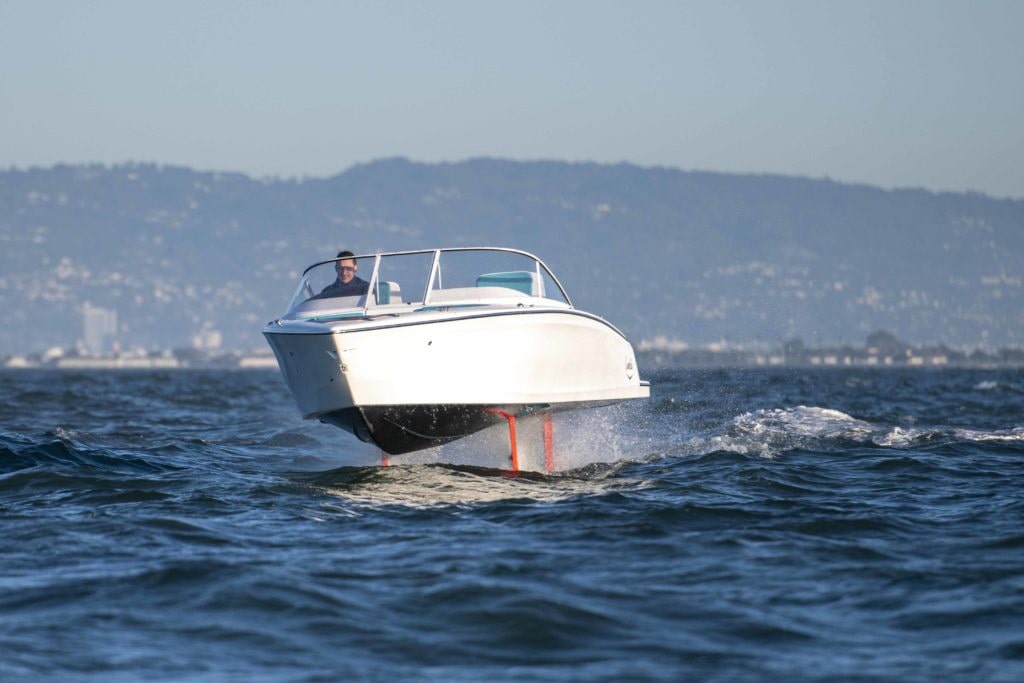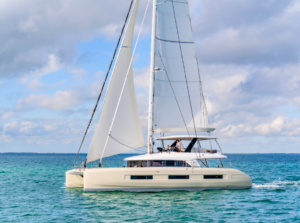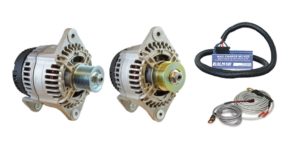Electric foiling should dominate powerboats, says American Magic’s designer
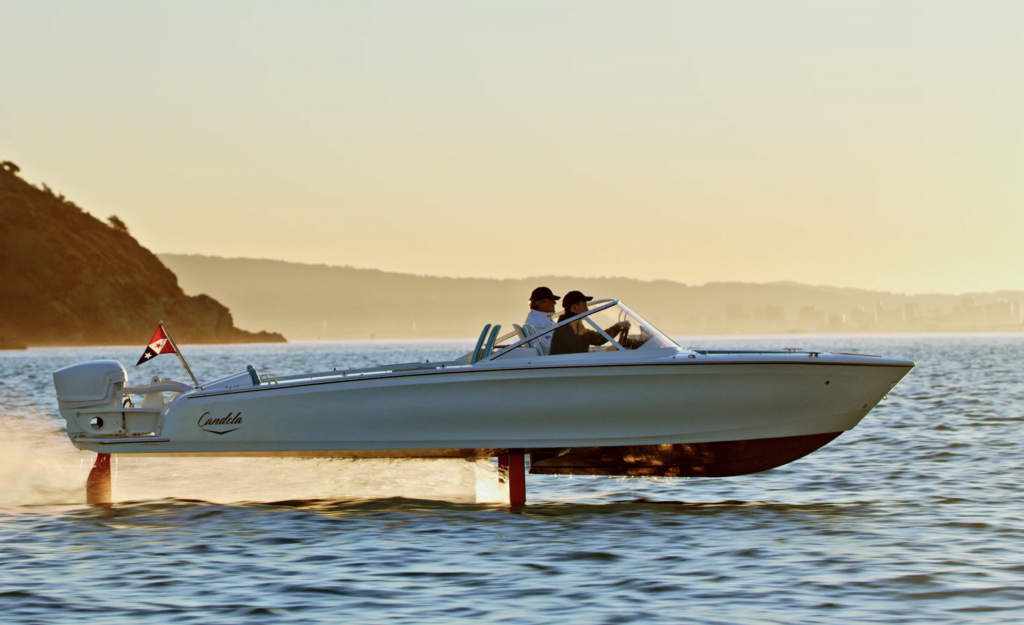
The design of next-generation electric speedboats is now being aided by Michel Kermarec, the French hydrodynamics expert from American Magic.
Kermarec will be leading the hydrodynamics team at the Swedish Candela electric boat company in Stockholm. His main task will be to improve the efficiency of Candela’s future electric hydrofoil boats.
Candela already says its electric hydrofoiling Candela Seven is the most efficient speedboat ever built. Cruising at 25 knots, its range is 50 nautical miles.
But Kermarec has 29 years of experience designing boats for America’s Cup teams. Working for Oracle, Artemis and other teams all the way up to this year’s American Magic, he has contributed to today’s ultra-fast, foiling AC75 boats and should have a decided impact.
“I believe the America’s Cup played a big role in popularising hydrofoils for sailing boats. The next logical step is to transplant foiling to motorboats and make them electric,” says Kermarec.
He hopes that the technology will soon dominate the mass-market for motorboats.
The same technology that makes American Magic’s Patriot ‘fly’ is used by the Swedish tech company to minimise friction and increase the range of its first electric production boat, the Candela Seven.
Flying on two submerged foils, the Seven has a range of 50 nautical miles at 20 knots – three times longer endurance than any other electric speedboat before it, says Candela. The Seven’s silent, smooth ride has made it the best-selling electric premium boat in Europe, says the company.
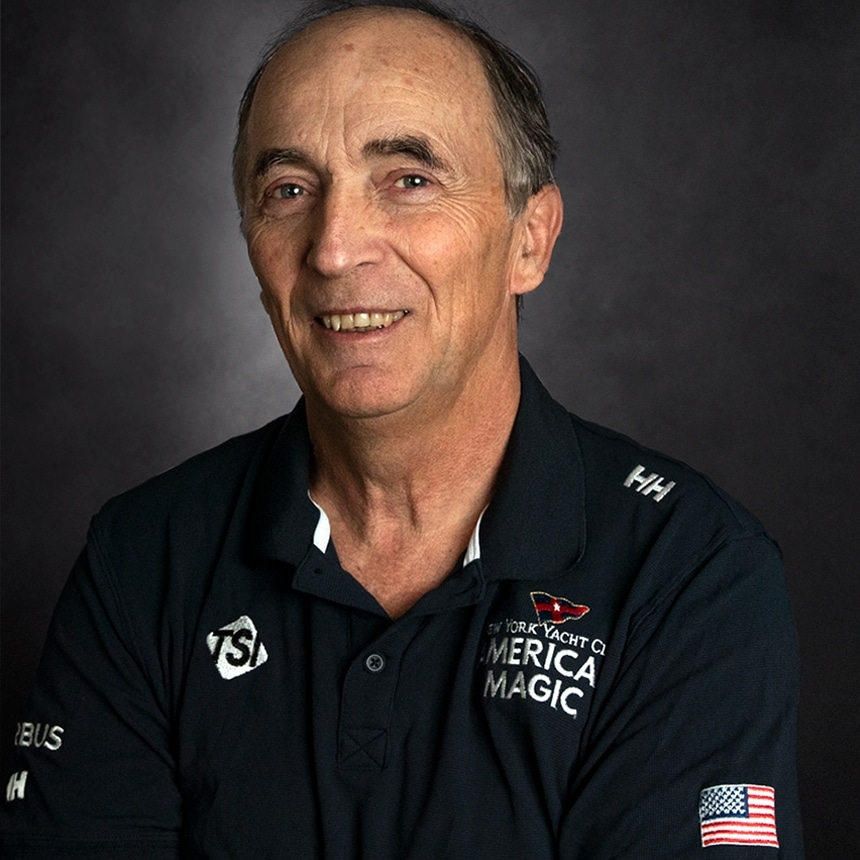
“It’s success holds a promise that fossil fuel powerboats eventually can be phased out in favour of fully-electric craft,” says Kermarec who joins Candela as chief hydrofoil designer.
“Candela is the first serious contender to fossil fuel powerboats. By using foils, Candela improves efficiency by about 80%, which translates into longer range at higher speeds, using fewer kWh.”
Although the multi-million dollar AC75 boats he previously designed are very complex machines, Kermarec believes the $225,000 leisure craft is technologically superior in one crucial way: the control of the foils. America’s cup rules forbid computer-assisted foiling, meaning crews manually control pitch, roll and height.
“The communication between the guy who steers, the guy who trims the sail and the guy in charge of the foil is crucial – and to be honest, this is a task at which computers excel. They are far better at this than even the best human teams in America’s cup,” says Kermarec.
Instead of skilled crewmembers operating a slider, the foils in a Candela move automatically.
As the cost of re-charging the batteries is a fraction – about 95% cheaper – of the cost to refuel a 25 foot gasoline powered speedboat, Kermarec hopes that the technology will soon dominate the mass-market for motorboats.
